Maxwell King, 'Mister Rogers Had a Simple Set of Rules for Talking to Children', The Atlantic, 8 June 2018 [online].
"What Fred understood and was very direct and articulate about was that the inner life of children was deadly serious to them"

Along with his trusty puppet, Daniel Tiger, Fred Rogers explained a complex world to kids in terms they could understand. His goal, says filmmaker Morgan Neville, was to "allay fear and promote love."
'Gondwana Indigenous Children's Choir sing "Birinyi"', ABC, 18 February 2021 [online].
Gondwana Indigenous Children's Choir have produced this new work, Birinyi, based on an old tradition, to help the young choristers continue the stories from Yidinji country in Far North Queensland.
'Looking Back: Migrant children talk about learning English', ABC, 11 October 2018 [online].
An ABC 'Behind the News' report in 1986 talked to migrant children and asked them about their experience learning English, at the Intensive Language & Reception Centre in Sydney.
Rebecca Tullock and Holly Lawford-Smith, 'The closure of playgrounds have hidden costs — and our kids are paying the price', ABC, 1 September 2021 [online].
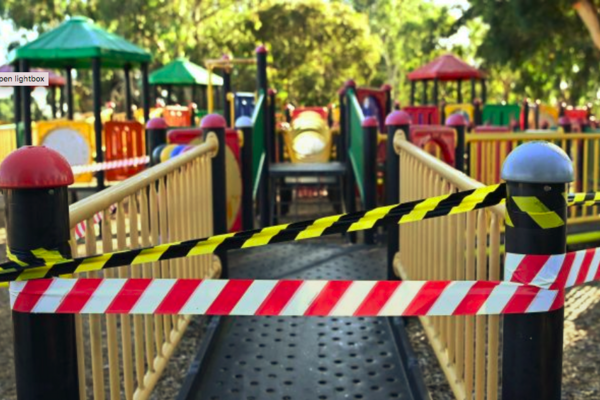
"I think we owe children more. Stability is important, and playgrounds are an important part of many children’s routines."
Alex Halberstadt, 'October’s Child: The Year I Left the Soviet Union', The New Yorker, 5 April 2020 [online].
"... we were taught that the time we were living in mattered less than the past. The Golden Age of Communism we were too young to experience was a period not of peace but of war. We learned that conflict gave our lives meaning—that meaning flowed from the bearing of, and preferably dying from, intense suffering and struggle."
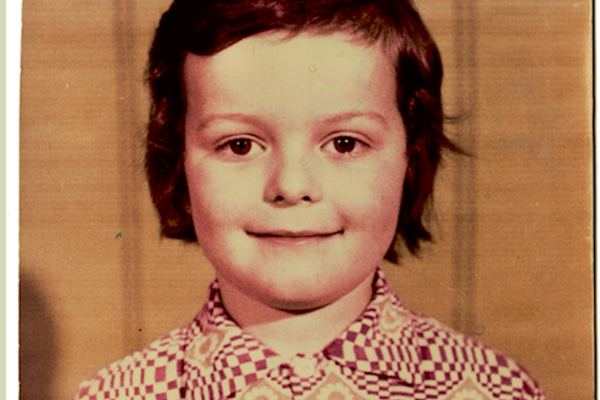
The author as a child. Photograph Courtesy Alex Halberstadt
Mel Wood, 'Why are so many British children deeply unhappy?', Guardian, 24 September 2021 [online].
Youngsters in the UK are more likely to suffer from mental ill-health than in almost any other rich country, and the causes need to be investigated, says Mel Wood.
Rachel Aviv, 'The German Experiment that Placed Foster Children with Pedophiles', The New Yorker, 19 June 2021 [online].
With the approval of the government, a renowned sexologist ran a dangerous program. How could this happen?
‘I didn’t think what was happening was good, but I thought it was normal,’ one of the foster children recalled.
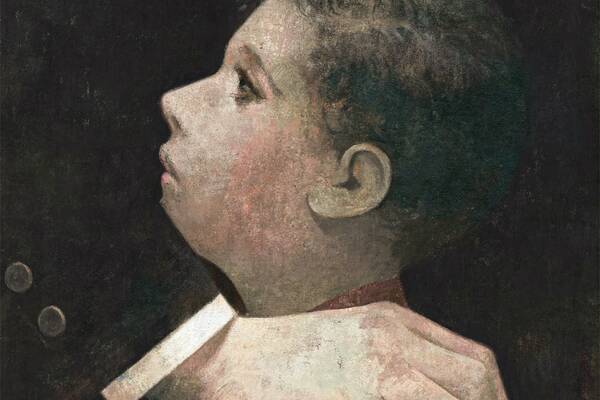
Illustration by Gérard DuBois
Bruno Bettelheim, 'The Importance of Play', The Atlantic, March 1987.
'The way a child wants to play is often very different from the way his parents want him to. The child, however, knows best.'
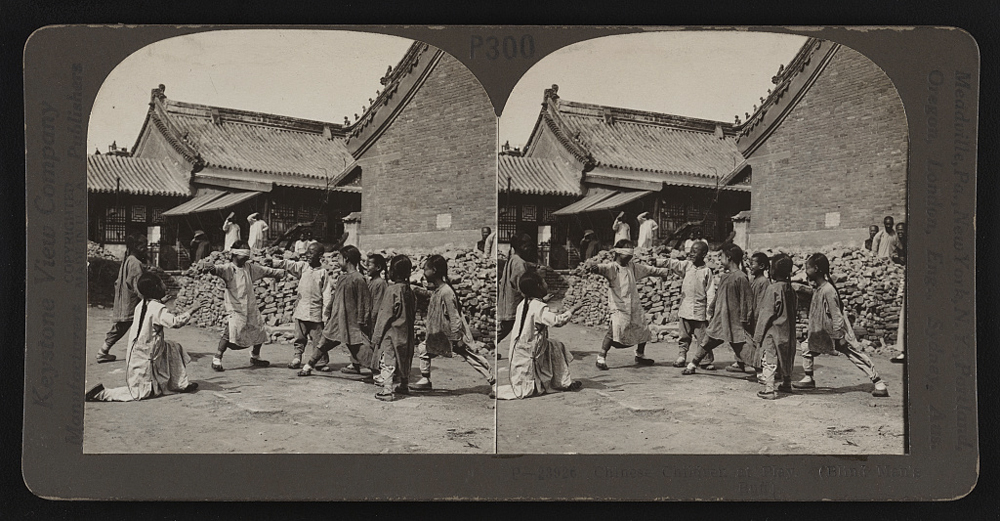
Courtesy of Library of Congress, "Chinese Children at Play (Blind Man's Bluff)," Keystone View Company, ca. 1924
Cora Frazier, 'A Letter to My Future Child', The New Yorker, 24 May 2021 [online].

Kate Julian, 'The Anxious Child, and the Crisis of Modern Parenting', The Atlantic, 14 April 2020 [online].
In The Atlantic's May issue, Kate Julian reports on the rise of anxiety and depression in children, and why changes in parenting may be one key to the solution.
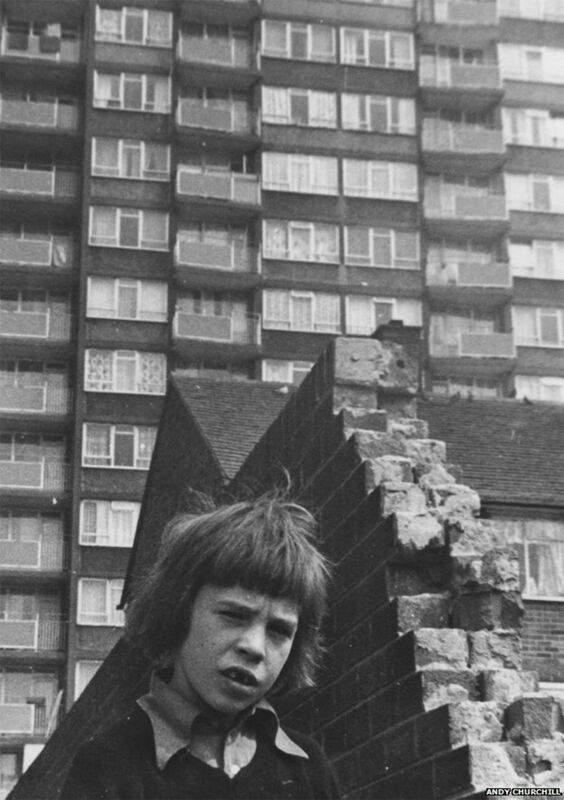
Tom de Castella, 'The anarchic experimental schools of the 1970s', BBC, 21 October 2014 [online].
A pupil from Scotland Road school: There were no fees, fixed hours, term times or holidays.
Alan Rice, 'Lost and found: echoes of Britain’s black voices', Times Higher Education, 11 June 2015 [online].
Records of working-class black voices in Victorian Britain, especially beyond London, are rare, and the work of recovering them is vitally important for the academics, film-makers, writers, artists and performers who gathered on 30 April and 1 May at the University of Central Lancashire’s newly inaugurated Institute for Black Atlantic Research for the symposium Lost Children: The Black Atlantic and Northern Britain.
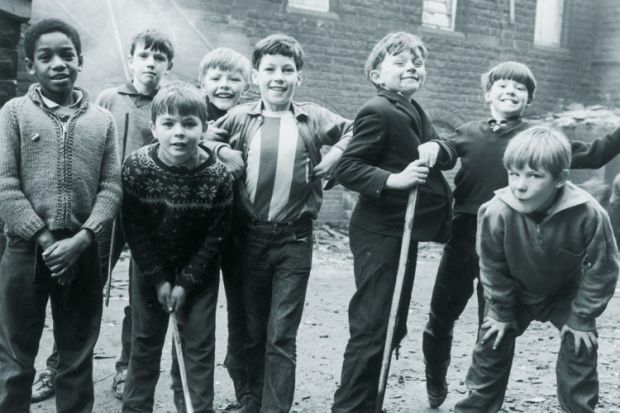
Northern souls: children in Sheffield in 1966, Mary Evans Picture Library.
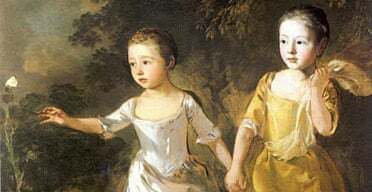
Jonathan Jones, 'Youth Culture', Guardian, 18 April 2005 [online].
Hogarth and Gainsborough didn't just paint children - they created a whole new attitude towards them.
John Donvan and Caren Zucker, 'The Early History of Autism in America', Smithsonian Magazine, January 2016 [online].
A surprising new historical analysis suggests that a pioneering doctor was examining people with autism before the Civil War.
In 1938, Hans Asperger, a pediatrician at the University of Vienna, described numerous children he observed as “autistic.” Courtesy of Dr Maria Asperger Felder
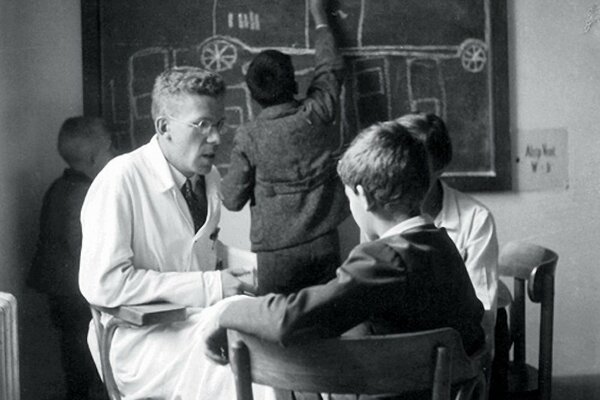
Caroline Davies, 'Britain's child migrant programme: why 130,000 children were shipped abroad', Guardian, 28 February 2018 [online].
The national child abuse inquiry is hearing testimony from people shipped as children to Australia. Some children sent to former colonies between the 1920s and 1970s faced servitude, hard labour and abuse
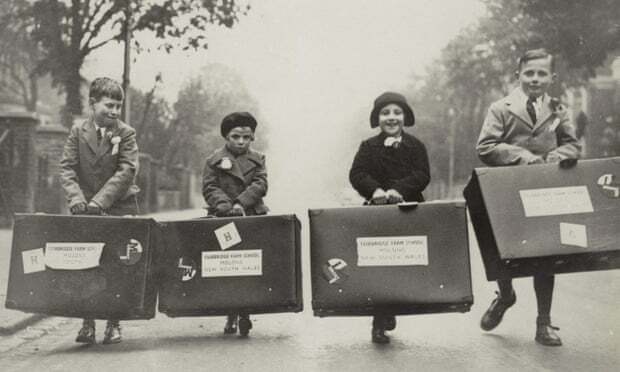
Four children carrying suitcases bearing Fairbridge farm school stickers
Aidan Geary, 'A huge injustice', CBC News, 10 March 2019 [online].
Tens of thousands of British 'home children' were sent to Canada as indentured labour over decades, including hundreds who landed up in Manitoba.
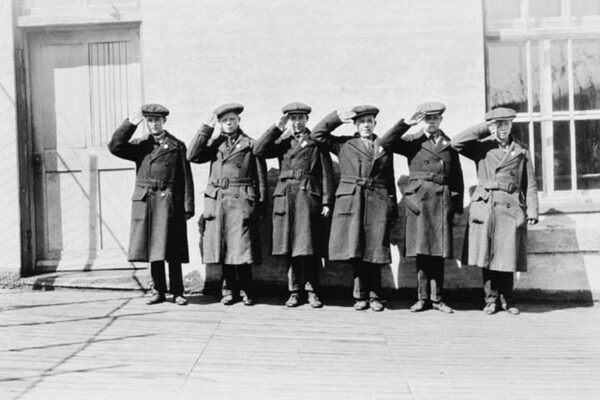
A group of home children from a home in London stand at attention after arriving at a receiving home in Belleville, Ont., in April 1922. Library and Archives Canada/C-034840.
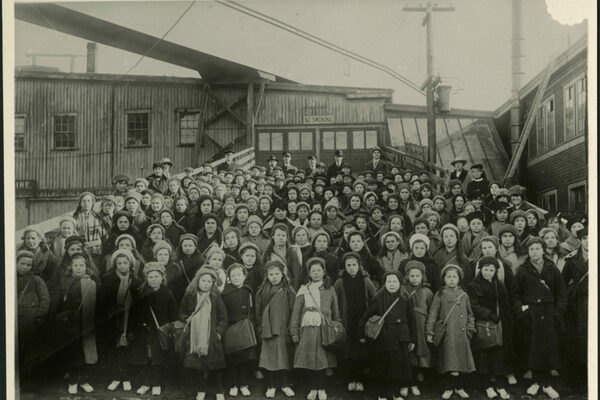
British immigrant children from Dr. Barnardos Homes at landing stage Saint John, New Brunswick.

Lucy Bland, 'Mixed-race babies born after the Second World War', History Extra, 17 December 2019 [online].
Around 2,000 babies were born to black American servicemen and white British women during the Second World War, many of them ending up in children’s homes. Lucy Bland explores their search for belonging.
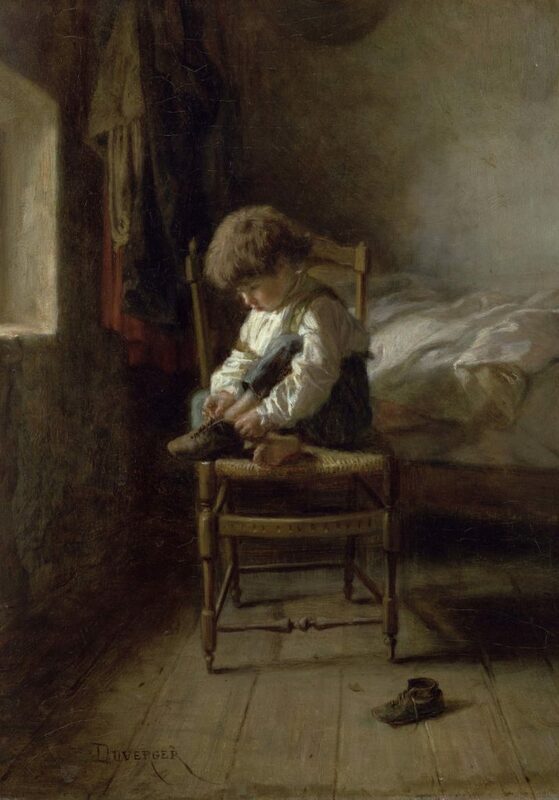
Richard Moss, 'Seen and Heard: How Victorian artists rescued childhood', Museum Crush, 8 November 2018 [online].
Alone, Theophile Emmanuel Duverger, 1902, oil on canvas. Guildhall Art Gallery, City of London.
Gemma Ryall, 'Recalling Longfields: School gave disabled children a chance', BBC News, 5 September 2016 [online].
In 1953, Longfields school was opened in Swansea for children with cerebral palsy after a campaign by their families - the first school of its kind in Wales.
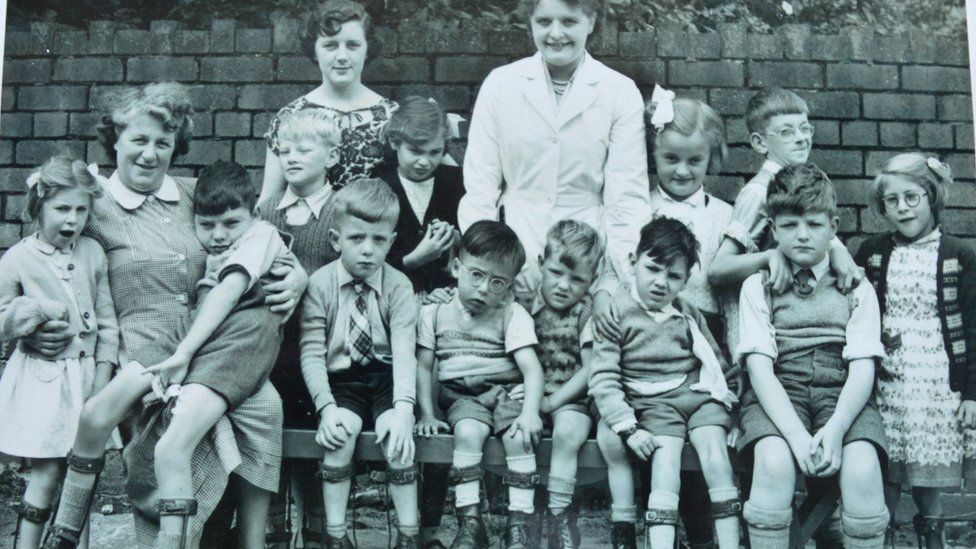
A group of the first children to attend the school, with teachers Miss Morris, Mrs Owen and Mrs Hughes. West Glamorgan Archives.
Tamara Lewit, 'What was it like to be a child in the Roman Empire?', Pursuit, 2 June 2021 [online].
As the researcher for a new children’s novel set in Ancient Roman times, archaeologist Tamara Lewit found herself hunting for answers to questions she’d never considered.
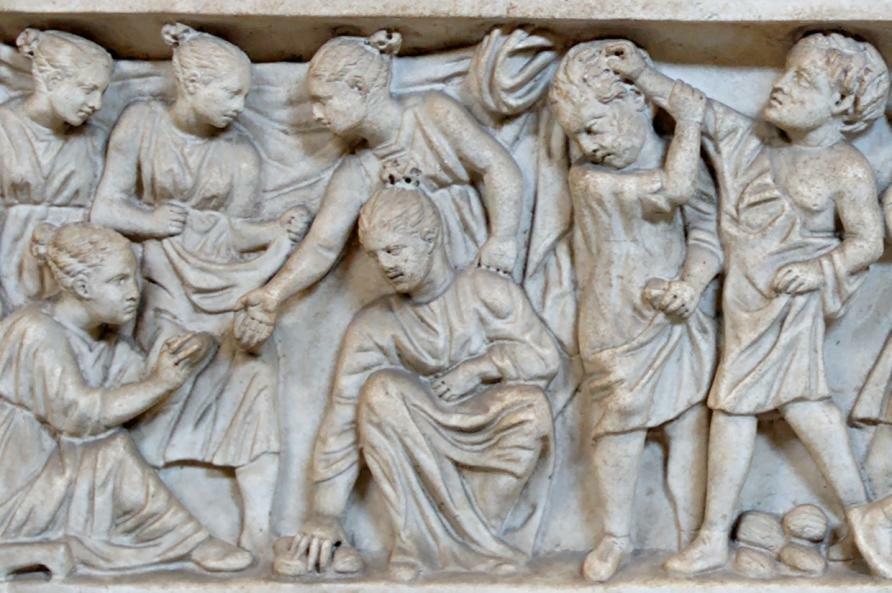
Relief sculpture of children playing with nuts, from a child’s sarcophagus. 3rd century, Vatican Museums, Chiaramonti Museum. Picture Jastrow/Wikimedia Commons.
Mary Annette Pember, 'A History Not Yet Laid to Rest', The Atlantic, 24 November 2021 [online].
Indigenous people in Canada and the U.S. have been reckoning with the legacy of assimilationist boarding schools for years. Now non-Native people must too.
Saint Mary’s Catholic Indian Boarding School on the Bad River Reservation in Wisconsin, circa 1925. Courtesy of the Bad River Tribal Historic Preservation Office.
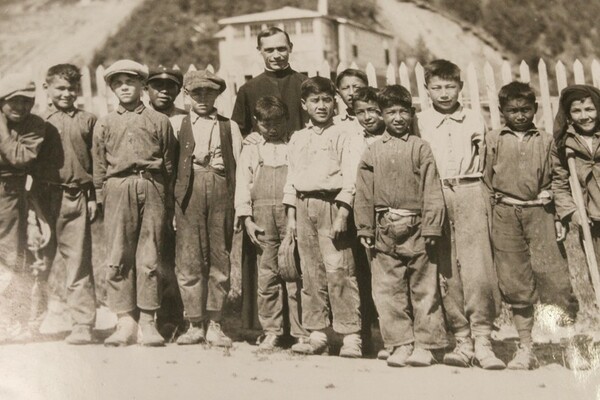
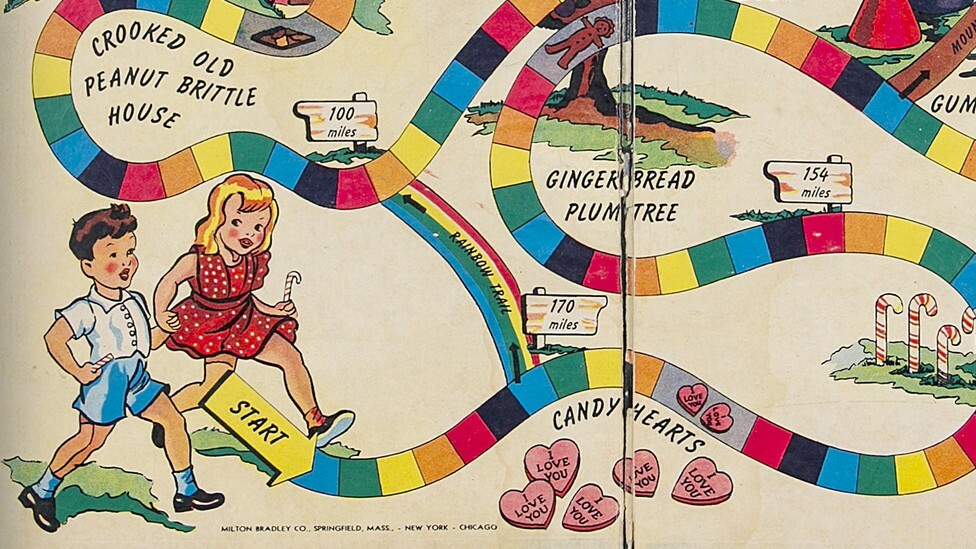
Alexander B. Joy, 'Candy Land Was Invented for Polio Wards', The Atlantic, 28 July 2019 [online].
A schoolteacher created the popular board game, which celebrates its 70th anniversary this year, for quarantined children.
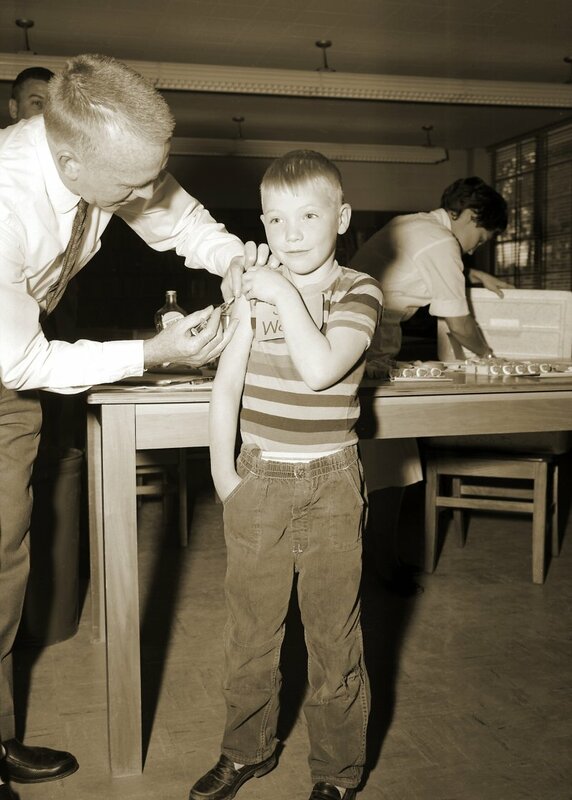
Tara Law, 'Schools Could Help More Kids Get the COVID-19 Vaccine. But History Has Some Warnings', Time Magazine, 3 November 2021 [online].
As part of the national immunization effort, this doctor was giving a measles vaccination to a young boy at Fernbank School in Atlanta, Georgia in 1962. Smith Collection/Gado/Getty Images.
Katie Wood, 'Don't Forget the Sweets!', Pursuit, 6 October 2021 [online].
Childhood letters are rare in the historical record, but like those of the young Malcolm Fraser, they provide unique insight on the experience of children.
Malcolm Fraser to his parents, 1 September 1940. Picture: University of Melbourne Archives, Malcolm Fraser collection.
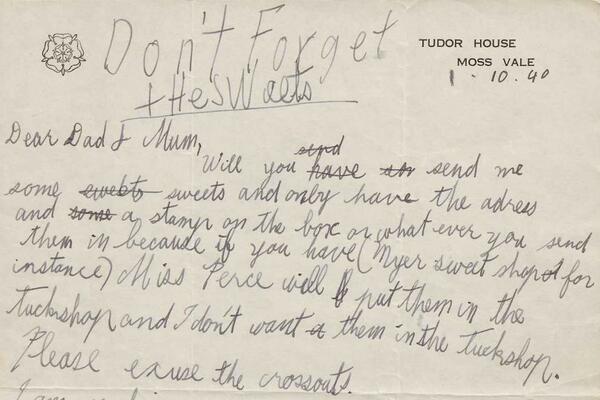
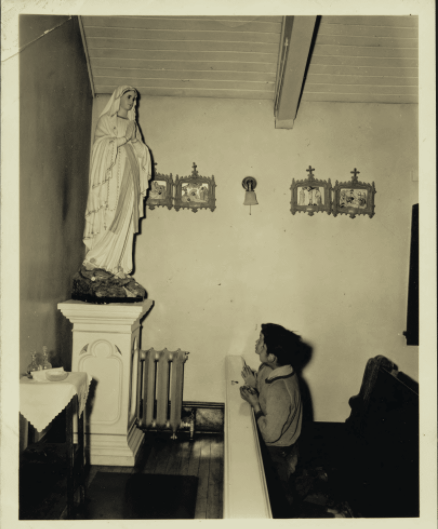
Antonio Voce, Leyland Cecco and Chris Michael, ‘Cultural genocide’: the shameful history of Canada’s residential schools – mapped', Guardian, 6 September 2021 [online].
In May, Canadians were shocked at the discovery of the remains of 215 children at the site of a former school in British Columbia. The bodies belonged to Indigenous children, some believed to be as young as three years old, who went through Canada’s state-sponsored “residential school” system. The schools, scattered across the country, were aimed at eradicating the culture and languages of the country’s Indigenous populations.
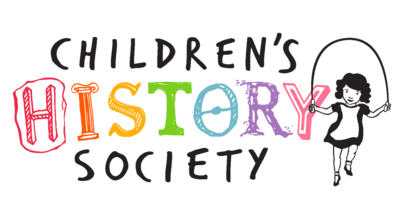
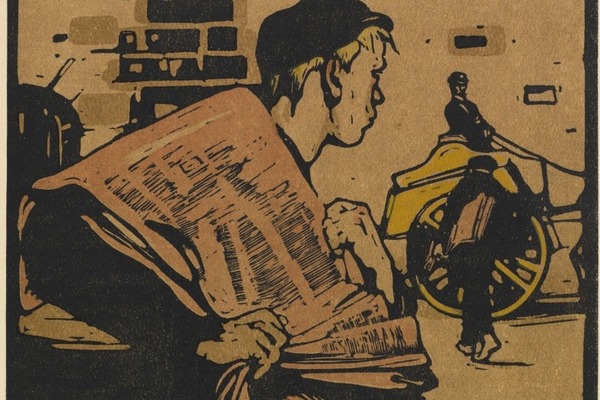

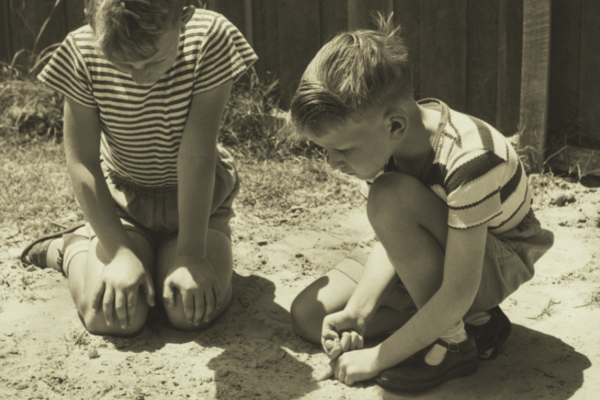
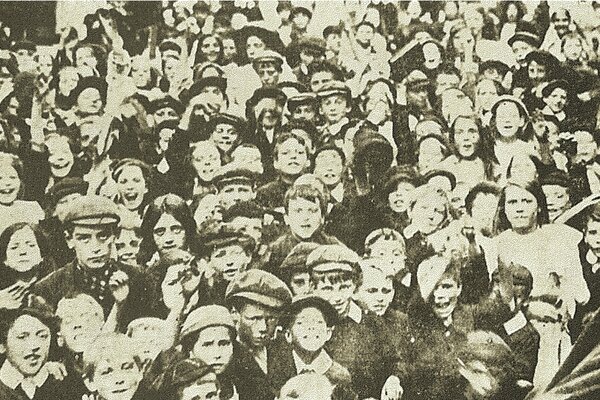
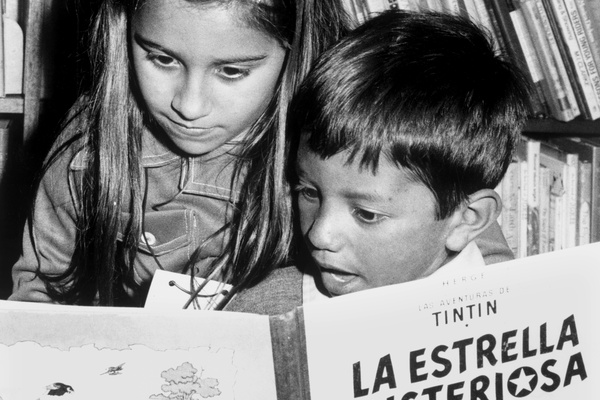


You must be logged in as a member to add comments.
Become a member
Already a member? Log in or create an account.